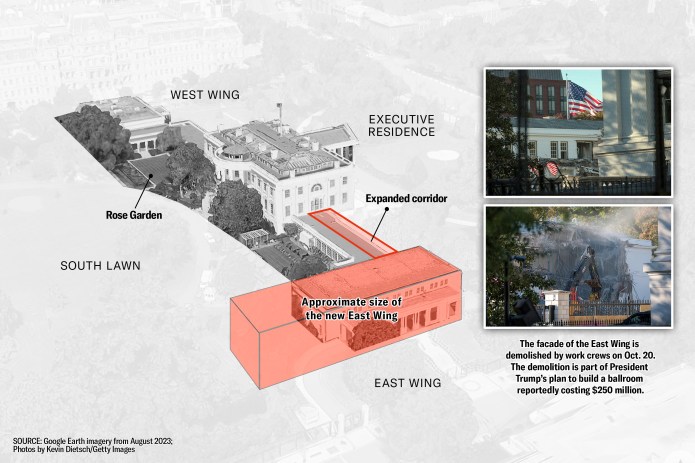The new $200 million White House ballroom being built by President Donald Trump is going to be used for elegant dinners featuring dignified foreign leaders.
It should also be used for dancing.
The president should hold regular dances where Americans can gather to swing, salsa, zydeco, and even rave. In the midst of increased atomization due to cellphone addiction, a loneliness epidemic, and pornography warping young men’s ideas on how to treat women, a new national focus on partner dancing in a gorgeous new ballroom could be great for American morale.
My own view is that the emphasis in the new ballroom should be on swing dancing. Swing dancing is one of America’s great original art forms, going back to its origins in Harlem in the 1920s. It’s fun, communal, and teaches young people how to be around each other while learning proper manners and etiquette.
INTRODUCING WHITE HOUSE BALLROOM CONSTRUCTION DERANGEMENT SYNDROME
I started swing dancing in the early 1990s, shortly after I quit drinking. Looking for something to do, I stopped by Glen Echo Park in Maryland, which features the famous Spanish Ballroom. I found some great instructors and learned how to swing dance.

It was life-changing and gave me an even deeper love of America and our popular culture. In his book The Great Good Place: Cafes, Coffee Shops, Community Centers, Beauty Parlors, General Stores, Bars, Hangouts, and How They Get You Through the Day, sociologist Ray Oldenburg examines the broad social, spiritual, and psychological benefits of “third places,” those spots outside of work and home that offer solace from the rat race and requirements of family.
These places serve as democratic meeting spots and encourage the manners and self-restraint that govern them. In third places, writes Oldenburg, a natural kind of “leveling” takes place. Unlike work, there is no hierarchy of status and power: “those not high on the totems of accomplishment or popularity are enjoined, accepted, embraced, and enjoyed despite their ‘failings’ in their career or the marketplace. There is more to the individual than his or her status indicates.”
Dance halls are great third places. They are also places where common-sense etiquette reigns. If you ask a woman to dance and she says no, it is inappropriate to pursue the matter any further. In Swing, Bop and Hand Dancing, a documentary about the history of swing and hand dancing, a modern offshoot of swing, Howard University dance historian Beverly Lindsay sums it up nicely. “The benefits of swing go far beyond just learning cool moves,” she says. “In the old days of swing, there were entire rituals surrounding the dance. Men went and picked up their dates, then escorted them to the dance. They learned how to dress up, and how to behave. They learned how to ask a girl to dance, lead her onto the dance floor, then, at the end of the song, return her from where she had come.”
In terms of democracy, the pursuit of happiness and pure fun, the Spanish Ballroom is as important as any government building in the Capital. As journalist Barbara Ehrenreich notes in her book Dancing in the Streets: A History of Collective Joy, dancing has often been a way for culture to express ”collective ecstasy,” often against those who would suppress them. Collective dance is a way to defy the bureaucrats and bluenoses intent on controlling human expression.
People forget, but in the mid-1990s, there was a swing dance revival in America. Some of the best music of the time was performed by Wynton Marsalis. Marsalis has been criticized for sounding conservative in interviews, but he knows jazz, and he knows swing.
SHOCK — THE WHITE HOUSE IS STILL THERE
In his book Moving to Higher Ground, Marsalis writes that jazz is very American in that it is about “the importance of expressing the core of your unique feelings and the willingness to work things out with others.” Marsalis criticizes our “wild, out-of-control young people,” writing that kids need to appreciate artistic masterpieces, which are “an expression of feeling and a supreme expression of our humanity.” Marsalis also emphasizes the importance of partner dancing in learning to negotiate democracy, romance, and life.
The new White House ballroom should be a stage for that expression.

